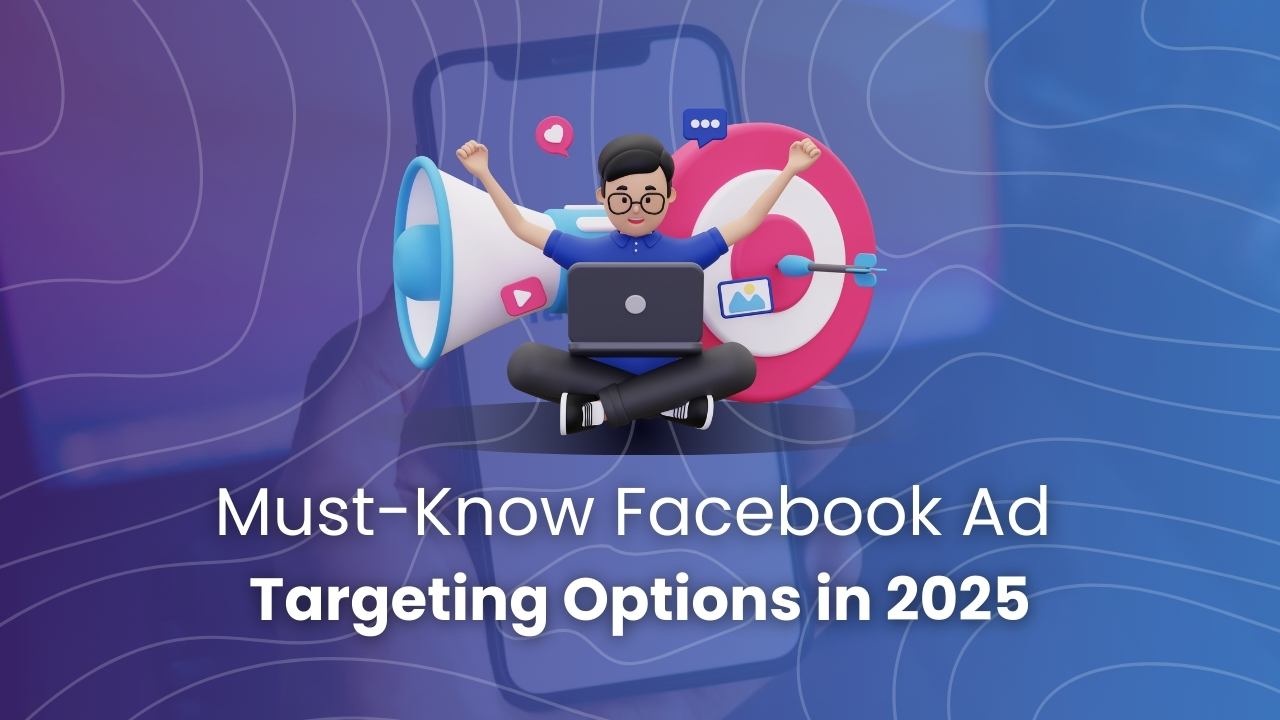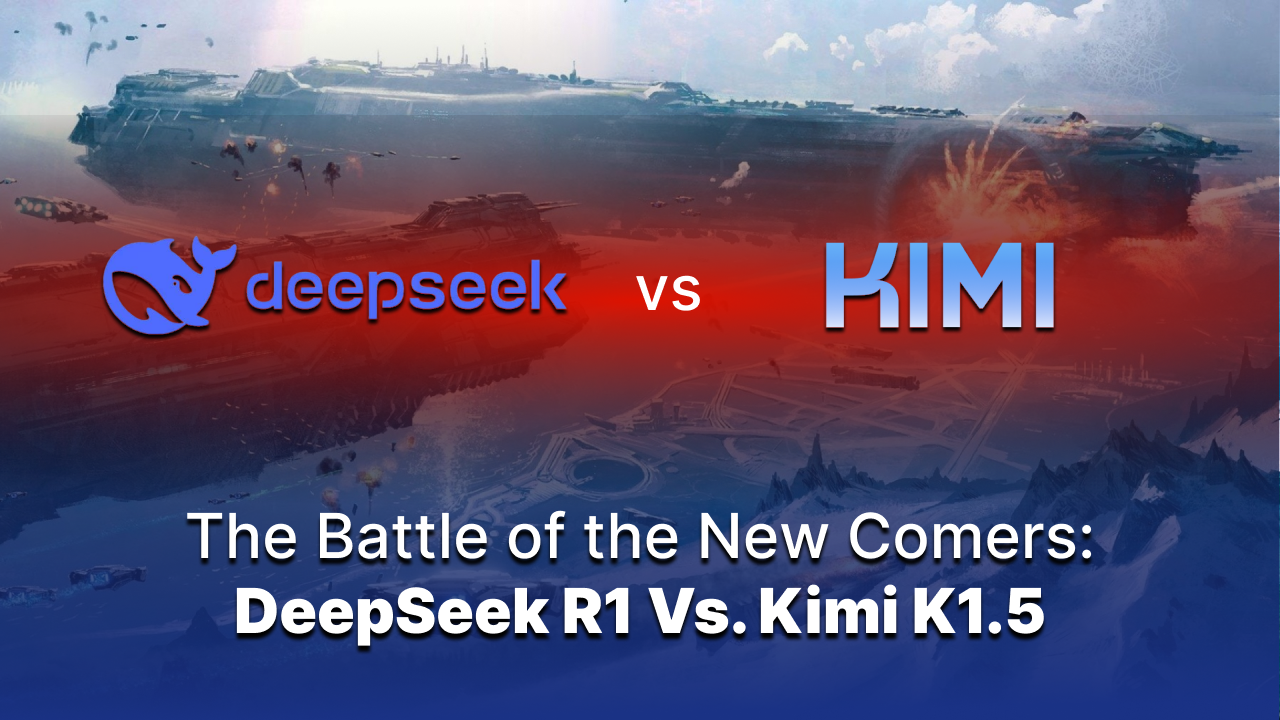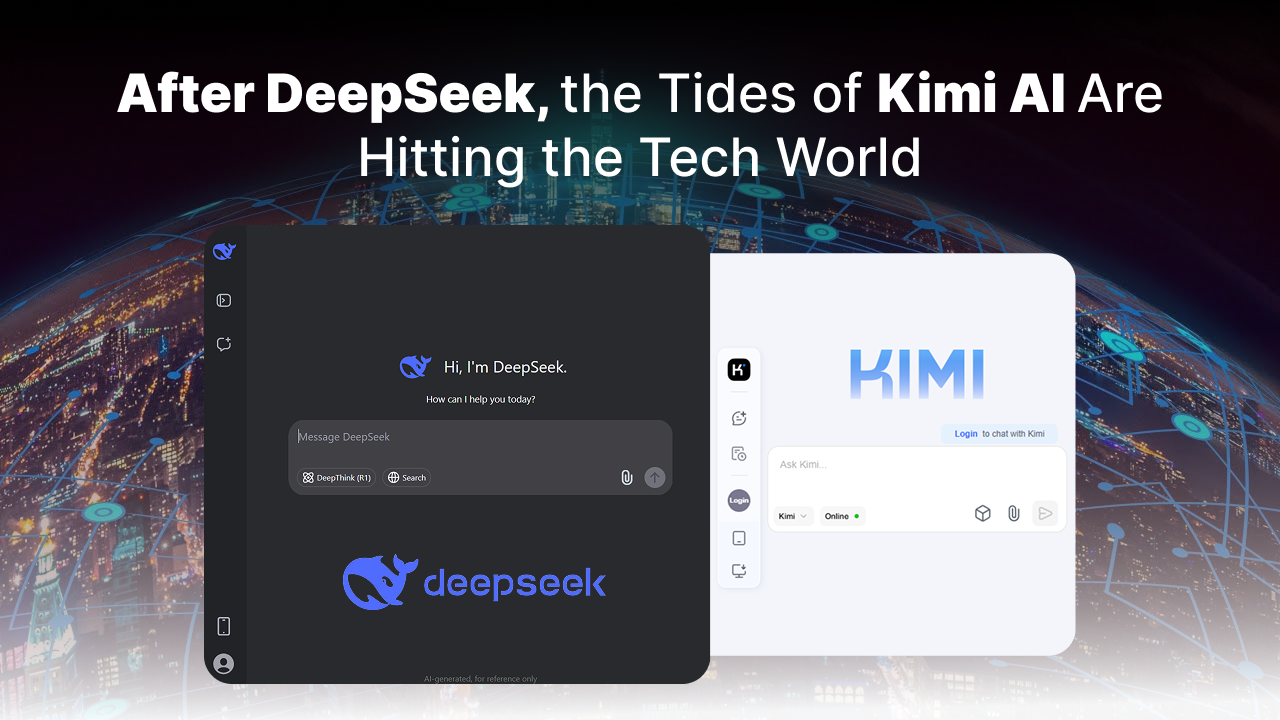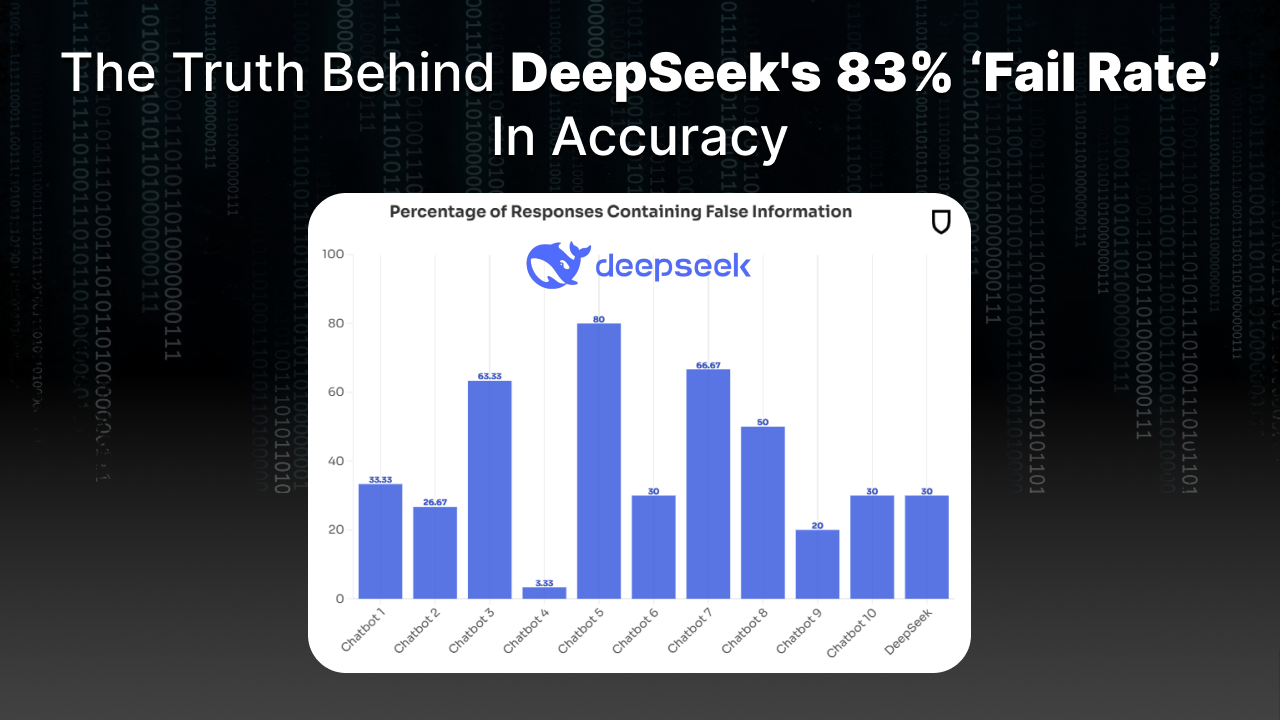The old days of throwing darts and hoping to hit your customers are over. Facebook’s targeting is like a laser beam get it right, and the results are explosive. No digital platform is more powerful for ad targeting than Facebook, with more than 3.07 billion monthly active users. It presents a virtually unmatched opportunity to reach the audience you want if you understand how to use its ad-targeting tools.
If one is keen on maximizing their ROI with Facebook ads, they must understand Facebook’s targeting options. When looking for expert help, Social Media Marketing Services is the way to take Facebook ads to the next level. Whether a business owner or marketer, mastering such targeting techniques will ensure the ads hit the mark every time.
The blog lists the top 7 Facebook ad-targeting options you should know in 2025. Buckle up; these options form the backbone of every successful Facebook ad campaign.
The Evolution of Facebook Advertising
Facebook advertising has evolved from plain text ads in the sidebars to very complex and targeted ad campaigns. Initially, Facebook rolled out its ad platform for brand awareness. Today, it’s powerful for lead generation and sales conversion.
With every new feature, the platform increases the options for targeting. Advertisers today are left with almost too many choices. So, how can you keep up? Let’s simplify it a bit.
Why is It Important to Cater to Your Facebook Audience with Ads?
We understand that not every person on Facebook is your ideal customer. If you’re targeting the wrong audience, you’re basically throwing money into the wind. Here’s why it’s important to tailor your ads:
-
Maximized ROI
Accurate targeting will directly improve return on investment (ROI). Targeting, either by demographics, interest, or behavior, ensures that the ad spend goes directly to people most likely to convert. It reduces waste and improves conversion, targeting people who usually purchase from Facebook.
For instance, if you target ads to people who are interested in gym equipment, you will likely experience more sales compared to the general audience, where people may not be interested in exercising. With effective targeting, each dollar spent works harder for you, increasing your ROI and making your ad spend efficient.
-
Better Engagement
With the right audience, your ads become more relevant and engaging. In the case where people will see ads of interest and importance, they’ll be more willing to engage with such ads. Suppose you sell eco-friendly products and you target environmentally conscious people. The ad is relevant and engaging so that a specific audience will likely like, share, comment, and click on it.
Facebook’s algorithm also favors high engagement, which helps lower ad costs. The more engaged your audience is, the better the performance of ads will be. This will result in a stronger connection with probable customers and chances of engagement transforming into long-term loyalty.
-
Cost Efficiency
With accurate Facebook ad targeting, you avoid wasting money on irrelevant audiences. You don’t broadcast to the whole world but instead target the people who are likely to act. This minimizes wasted impressions and ensures that your budget is being spent on high-intent users.
For instance, if you have a luxury product ad, showing it to high-income people makes more sense than to those who cannot afford it. By refining your audience, you lower your cost-per-click and cost-per-acquisition, making each dollar spent more efficient while boosting your ad’s overall performance.
7 Must-Know Facebook Ad Targeting Options
1. Demographic Targeting
One of the easiest yet most effective ways you will use to define your target is demographic targeting. Facebook has enabled you to target any user based on age, gender, relationship status, education, job title, and other characteristics. This method would be perfect when you aim to talk to a group based on their way of life, life stage, or occupation.
For example, if your message promotes a new dating application, you will need single persons of a particular age to do this job for you very easily. If it’s some luxury brand you have targeted upper-income professionals, all the attributes that focus on the niche allow you to write down adverts appealing directly to needs and wants for high engagement.
2. Interest Targeting
Interest targeting lets you tap into users’ hobbies, passions, and behaviors. Facebook collects data on which pages people follow, the posts people engage with, and the kind of content they consume, allowing it to target users based on their interests.
For example, targeting users who have followed fitness pages or are interested in gym-related content will give you fantastic results if you advertise a fitness product. Interest targeting aligns something people already care about with your product or service, making your ads relevant, relatable, and personal.
3. Behavioral Targeting
Behavioral targeting does not look at users’ basic demographics or interests but considers their actions and behaviors, including purchase behavior, device usage, travel habits, etc. So, if you are on Facebook, it could display people who have recently made purchases online or travel abroad a lot.
For example, if you have a campaign for a travel agency, you might target frequent travelers by offering them deals for your destination. If someone has browsed shopping apps, he might be the perfect candidate for an eCommerce campaign. This kind of targeting enables you to create highly relevant ads based on what people are doing right now rather than what they have shown interest in.
4. Income Level Targeting
With this ability to target users based on their income level, Facebook can be a game changer for brands selling high-ticket items or premium services. Whether you are talking about luxury cars, watches, or real estate, this feature will help you reach the right audience who can afford your product.
Targeting based on income level may also be varied according to the user’s income, home value, or expenditure. If your product is luxurious, you may ensure that your ad only reaches those who will most likely invest in your offerings. Filtering your audience by income reduces your risk of wasting ad spend on people who might not be able to afford what you are selling.
5. Connection Targeting
Connection targeting helps you target based on relationships with your brand. This would allow you to reach the people who follow your Facebook page, have interacted with your app, or have friends who like your page. This is useful for creating warm audiences that are already familiar with the brand.
You can even target friends of users who have liked your content since Facebook’s algorithm knows people care more about a brand when their friends are following the same brand. This affords an opportunity for organic growth, as people tend to trust the people around them in their social networks.
6. Custom Audiences
Perhaps Facebook’s strongest feature for its advertisers lies in Custom Audiences. With the ability to upload all sorts of customer data, including, but not limited to, email lists, phone numbers, website visitors, or even app users, it enables you to target such individuals with your ads directly. The charm of Custom Audiences lies in the fact that you are targeting people who, in some way, have interacted with your business; therefore, they are more likely to convert.
For example, if somebody came to your website but left without buying, you may retarget them by reminding them or offering them a special deal. This works very well in remarketing and gets the ad to reach those people who are already interested in your product or service.
7. Lookalike Audiences
Lookalike Audiences are based on your existing Custom Audiences. Facebook determines your best customers’ characteristics, behaviors, and interests and finds new people who look like them. This approach effectively extends the reach and identifies potential customers likely to convert because they resemble your high-performing audience.
For example, if you have a customer list with users who frequently purchase from your e-commerce site, Facebook will create a lookalike audience with people who act similarly to your target audience. Imagine you’re cloning your best customers and extending your reach to the right people prepared to engage.
Conclusion
Mastering Facebook’s targeting options isn’t a small feat; however, with the right approach, it can really enhance campaign performance. Whether through demographic targeting, behavioral insights, or using the magic of custom and lookalike audiences, knowing what to target and how will give you an edge.
And if that is all too much to bear, never fear. American Web Designers are here to the rescue. We have an entire team devoted to Facebook ad strategy setup and execution, creating campaigns which will generate returns on investments.
From detailed targeting setups to optimizing ad campaigns for maximum spend and tangible return, we are here to help. Let’s make your Facebook ads do some magic.
Share this Post





